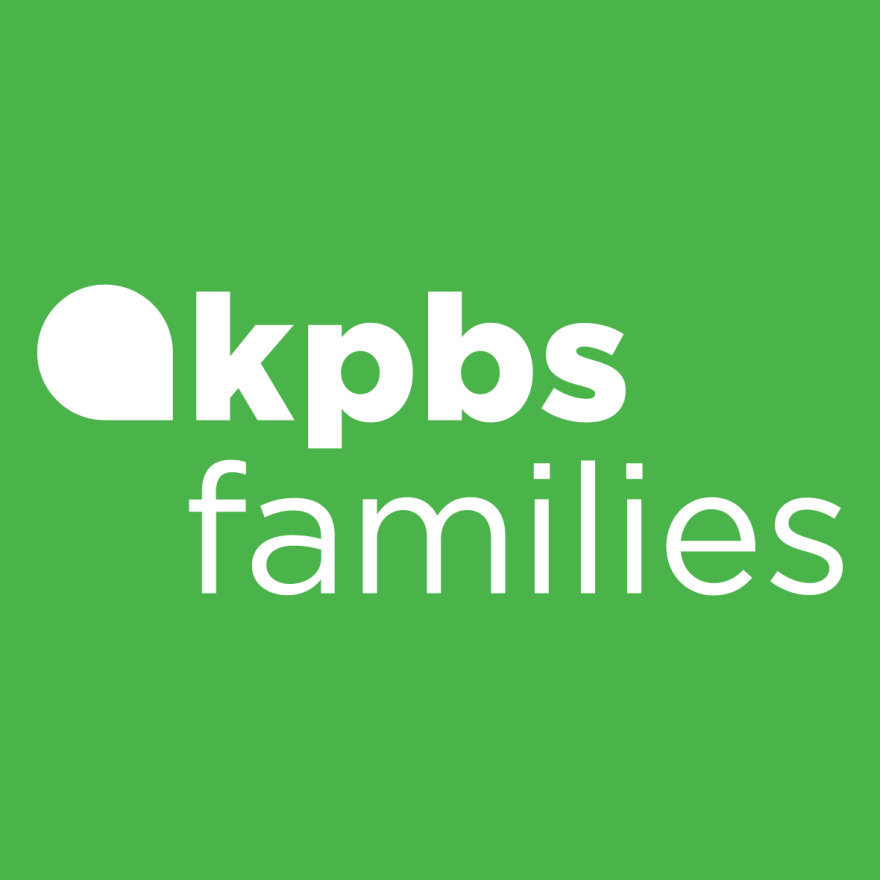Speaker 1: (00:00)
San Diego county schools have started returning to the classroom from winter break this week, as COVID cases reach new highs in response today, the county is distributing thousands of coronavirus tests to local school districts and charter schools to help blunt the spread of the virus. I'm joined by San Diego county office of education, executive director, Bob Mueller, to talk more about how schools are handling the return to the classroom. Welcome
Speaker 2: (00:26)
Pleasure to be
Speaker 1: (00:26)
With you. As I mentioned, your office is distributing COVID 19 testing kits today. Can you tell me more about these efforts and how they're going?
Speaker 2: (00:34)
We received an initial allocation, uh, from the state of a, about two thirds of what we were expecting. We expecting to receive around 300,000 test kits that initial allocation has already been provided to about 20 school districts and a number of charter schools, uh, that, that replied very early. We're working on waiting lists now, uh, so that we get the rest of the allocation and we can continue to distribute the, those tests.
Speaker 1: (01:02)
Are you expecting to get more tests and are there enough to go
Speaker 2: (01:05)
Around? We are expecting to get more tests. I, unfortunately, I don't know how soon they'll arrive. There should be enough to go around. The allocation was based on the number of students in public schools. And there was an amount subtracted for school districts and charter schools that had received an earlier allocation. So some, some received an allocation very early, and then the governor came back with another 6 million and that's what we're working on now.
Speaker 1: (01:34)
And what's the protocol. Once these schools do receive the kits, who's keeping track of these tests and what happens if a student or a teacher doesn't fact test positive.
Speaker 2: (01:44)
So the test kits are intended for use at home that parents can screen their children to see if they have, have a positive result. If they are. We're hoping that the parent will notify the school of the positive result and, and hold their child home. So if a child tests positive or, or if a school employee test positive, the states released new guidance on isolation that allows them to return to school or work as early as six days after their, their symptoms began. But to return, they will need to take another test on day five or later that she shows that they're no longer positive. Unfortunately at home tests can't be used for this purpose. It would need to be a test that's administered through a medical office, a clinic, a laboratory, or an approved school site testing program.
Speaker 1: (02:37)
Most local universities and community colleges have shifted to virtual learning to start their spring term. But local school is so far appear to have no plans to follow suit. Why
Speaker 2: (02:47)
Not? You know, the loss to, to children from in-person learning is just so significant college students are capable of independent learning and really don't require a great deal of assistance from their, from their instructors. Kids really need the interaction, the, the FaceTime with their teachers and the interaction with their peers to thrive. So it, it's just really important that we continue in person operations, as long as we're able to really the only anything that would likely close a school at this point would be a, a staffing shortage. The inability to safely operate the school
Speaker 1: (03:26)
Beyond staffing shortages. Is there any specific benchmarks or data that you're tracking that might make schools change course from in-person learning at this point, the,
Speaker 2: (03:37)
The state legislature passed the law earlier in this year that basically required schools to exhaust all options before, uh, a temporary closure is put in place. And really the, the circumstances are quite limited. Uh, a staffing shortage is really the only reason that a school leader could choose to do that short of that. It would need to be an order from the public health officer to close.
Speaker 1: (04:02)
What are you hearing from local parents and teachers as classes resume right now, as I mentioned, right? When cases are kind of on the uptick, what concerns are they raising?
Speaker 2: (04:12)
Yeah, one of the big ones is that the, the guidance on quarantine and isolation changed on December 30th and it's resulted in a fair amount of confusion on what the rules are related to isolation and quarantine. So we've been working very hard, collaborating closely with the county of San Diego public health services, on decision making tools and revising those tools. So the, the transition between the old guidance and the new guy came at a difficult time during the middle of a surge, right, as we're returning to school. And, and it's, it's a significant shift. What
Speaker 1: (04:50)
Is your biggest concern for your students right now as we navigate yet? Another wave?
Speaker 2: (04:55)
I think my primary concern is I I'm worried that schools may be forced into temporary closures. Due to staffing shortages schools were having difficulty securing substitutes before the search began. They were being creative in the way they covered those shortages. But if school employees, uh, are required to isolate because they have symptoms or test positive, or because they're close contacts and school employees live in our communities, it's, it's likely that we'll see more employees out and school districts, charter schools, and private schools having greater difficulty covering those absences. So anything we can do as a community to protect each other to lower, the, the rate of infection will serve to keep school is open longer and minimize the tents that they might be forced to close for for a week or two.
Speaker 1: (05:48)
I've been speaking with Bob Mueller, executive director of the San Diego county office of education. Thank you so much for your time today.
Speaker 2: (05:55)
You're quite welcome.








